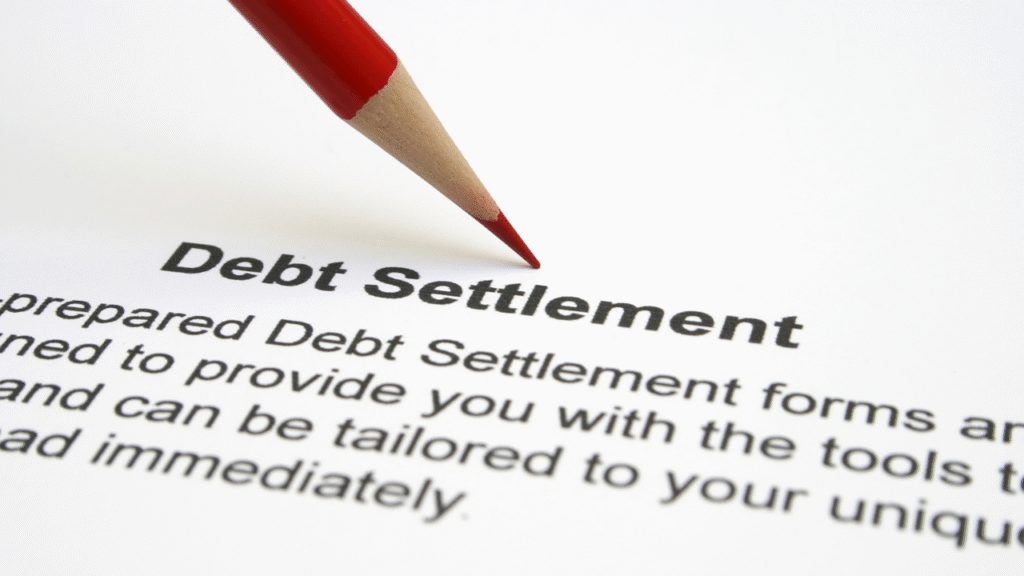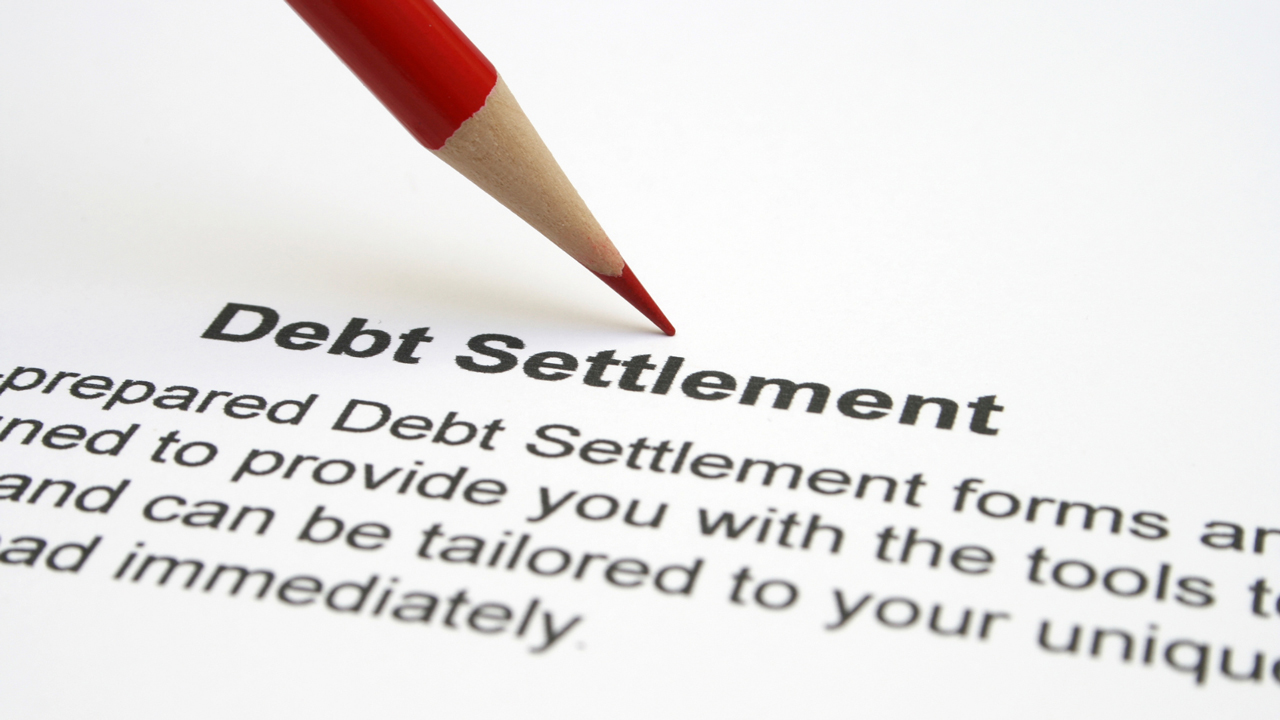
Completing a debt relief plan is a major financial achievement—but what comes next is just as important. Whether you’ve gone through a debt management program, settlement agreement, or consolidation loan, understanding the post-relief steps will help you rebuild stronger, protect your credit, and avoid falling back into debt.
Here’s a complete breakdown of what happens after completing a debt relief plan—and how to make the most of your financial fresh start.
Quick Overview: What to Expect After Debt Relief
| Stage | What Happens |
|---|---|
| Debt Status Update | Accounts marked as “settled” or “paid” on credit report |
| Credit Score Impact | Score may improve or drop depending on previous status |
| Collection Activity | Should completely stop if debts are resolved |
| Financial Habits | Budgeting and saving become crucial to avoid relapse |
| Documentation | Final confirmation letters should be saved for future reference |
| New Opportunities | Ability to qualify for better rates with responsible credit use |
1. Your Debt is Resolved—But How It’s Reported Matters
Depending on the type of plan you completed, the way your debt is marked on your credit report will vary:
- Debt Management Plan (DMP): Creditors report accounts as “paid as agreed”, which is neutral or positive.
- Debt Settlement: Accounts are marked as “settled” or “settled for less than full balance”, which can negatively affect your credit.
- Debt Consolidation Loan: If paid on time, the loan closes positively, though the original accounts may show as closed.
Key Tip: Always check your credit reports (Equifax, Experian, TransUnion) 30–60 days after completing your program to confirm accurate updates.
2. Your Credit Score May Fluctuate—But It Can Rebound
It’s common for credit scores to drop during debt relief because of missed payments, account closures, or settlements. However, after the plan is completed:
You Can Begin Rebuilding:
- Timely payments = slow, steady score improvement
- Credit utilization drops = score boost
- Responsible use of secured credit cards helps rebuild
Average Recovery Timeline:
| Time After Completion | Credit Score Trend |
|---|---|
| 0–3 months | Stabilization, minimal change |
| 3–6 months | Small increases begin |
| 6–12 months | Consistent improvement |
| 12+ months | Major recovery possible |
3. Collection Calls and Legal Threats Stop
Once your debt relief plan is finalized:
- Collectors should no longer contact you
- Any pending legal action is usually dropped
- If harassment continues, you can file complaints with the CFPB or FTC
Ensure you have proof of completion (letters or emails) to protect yourself in case of errors.
4. You Need New Financial Habits
Getting out of debt doesn’t mean staying out—unless you change how you manage your money. Create a plan for:
Post-Relief Financial Health:
- Monthly Budget: Allocate income, track spending
- Emergency Fund: Aim for $500 to $1,000 minimum, then grow
- Smart Credit Use: Avoid high-interest credit cards or payday loans
- Debt Tracking: Use tools/apps to monitor any new borrowing
Table: Smart Moves After Debt Relief
| Action | Why It’s Important |
|---|---|
| Check your credit reports | Spot errors and confirm debt status |
| Build an emergency fund | Prevents fallback into debt |
| Set financial goals | Keeps your spending focused |
| Avoid high-risk credit offers | Keeps you from quick relapses |
| Monitor credit score regularly | Tracks rebuilding progress |
| Consider financial counseling | Builds long-term financial confidence |
5. You May Get Credit Offers—Be Cautious!
After completing a relief program, lenders will see your improved debt-to-income ratio and may start offering:
- High-interest credit cards
- Personal loans with fees
- “Rebuilding” loan offers with predatory terms
Don’t rush into anything. Rebuilding credit wisely is better than jumping into bad deals.
6. You’re Now Eligible for Better Financial Products (Eventually)
Once your credit improves, you’ll qualify for:
- Lower-interest credit cards
- Car loans with good rates
- Even mortgages after 1–2 years of good credit behavior
Make sure you understand:
- The terms of any credit you take on
- How it affects your monthly budget
- Whether it’s truly necessary
Final Paperwork: Don’t Lose It
You should receive a final statement or letter of completion from your debt relief provider. This is essential in case of:
- Disputes from creditors or collectors
- Applying for credit later
- Verifying resolution on credit reports
Keep both digital and physical copies of this documentation for at least 5–7 years.
Table: Key Pros and Cons After Debt Relief
| Pros | Cons |
|---|---|
| Improved financial clarity | Credit score may need time to recover |
| Debt burden eliminated | “Settled” status may be seen negatively |
| No more collector harassment | Some lenders may still hesitate to approve |
| Opportunity to rebuild credit | Requires ongoing discipline and monitoring |
3 Best One-Line FAQs
Q: Does debt relief hurt your credit permanently?
No—while it may cause short-term damage, your score can recover with responsible behavior.
Q: Will creditors still contact me after debt relief?
No—they are legally prohibited from collecting if your debts are resolved and documented.
Q: How soon can I get new credit after completing a debt relief plan?
Often within months, but it’s smart to wait until your credit stabilizes and you’ve built savings.

